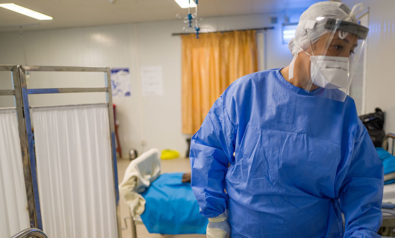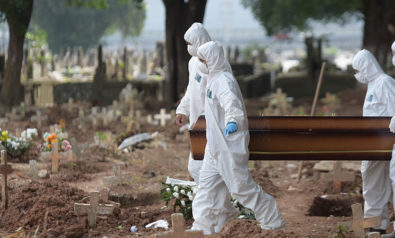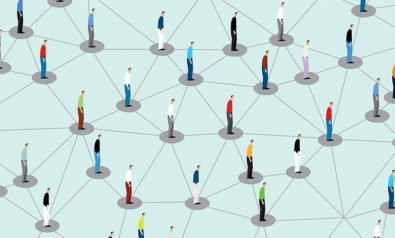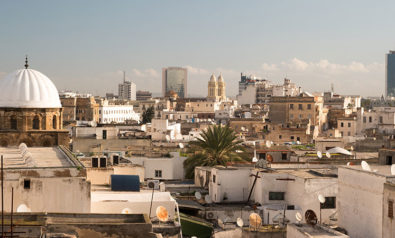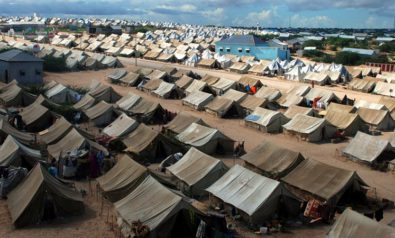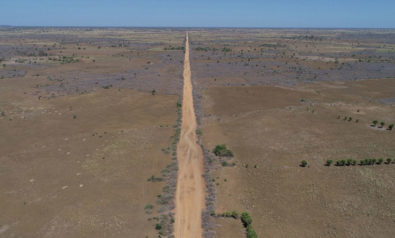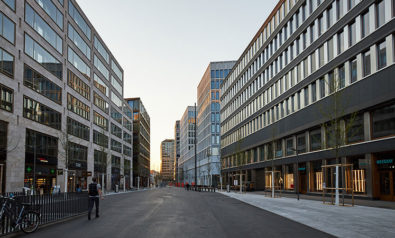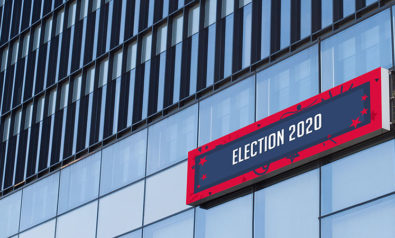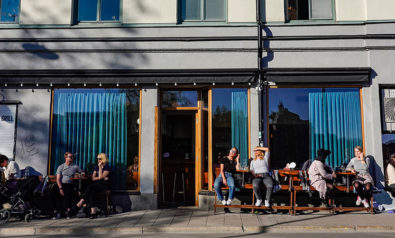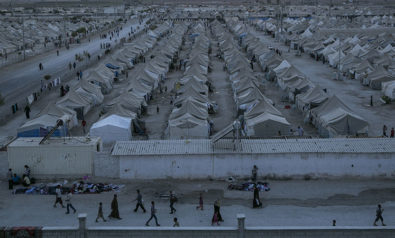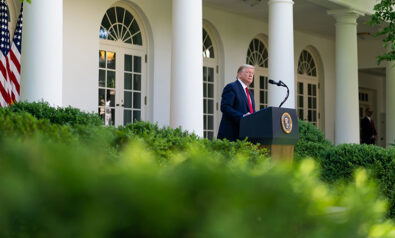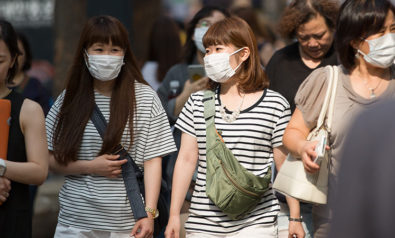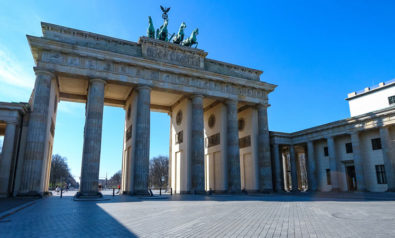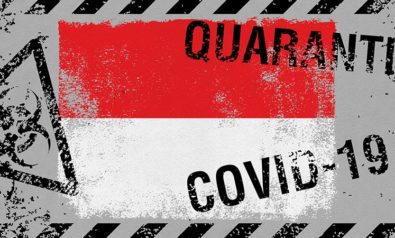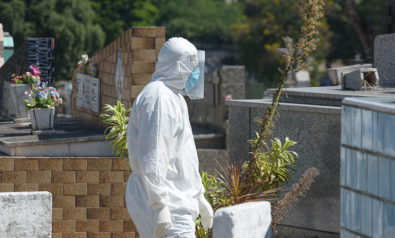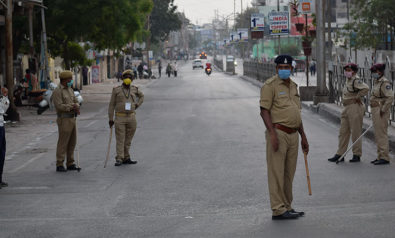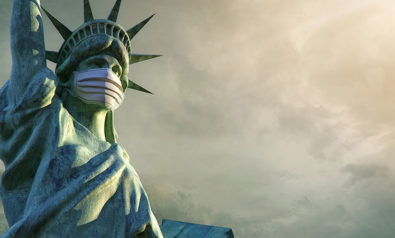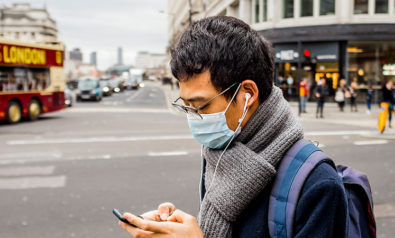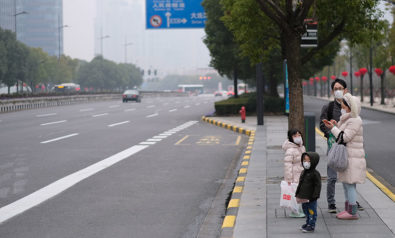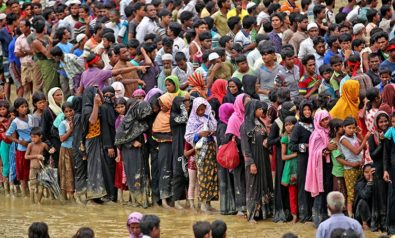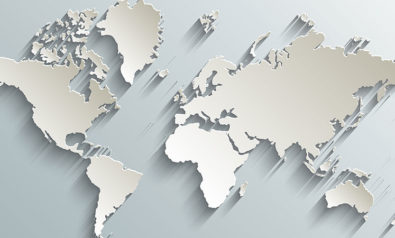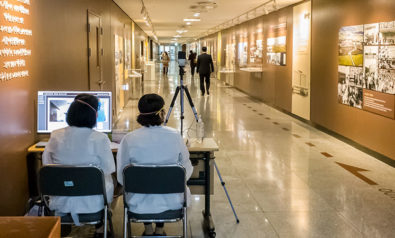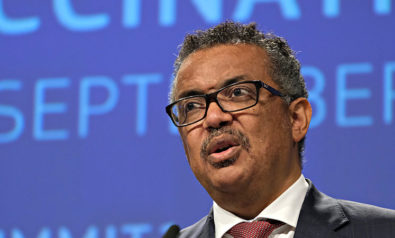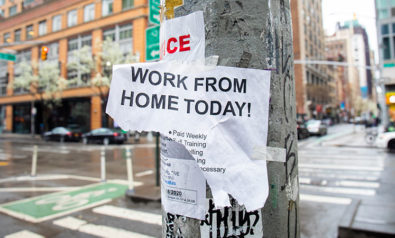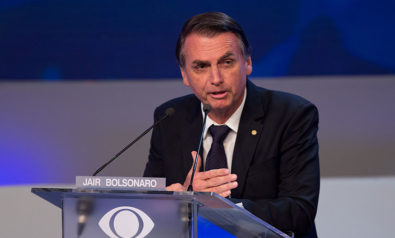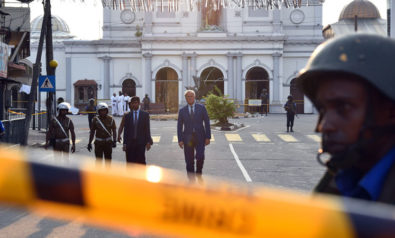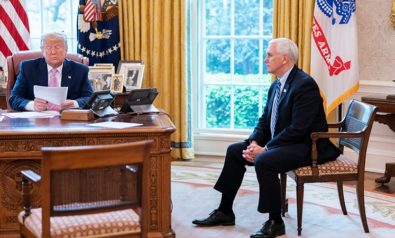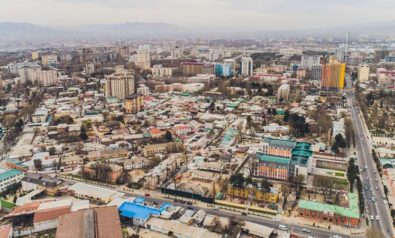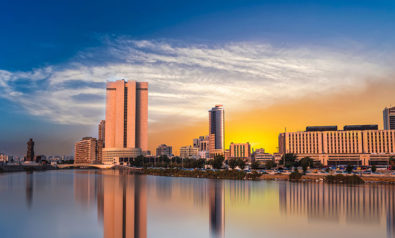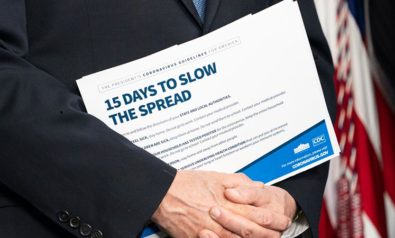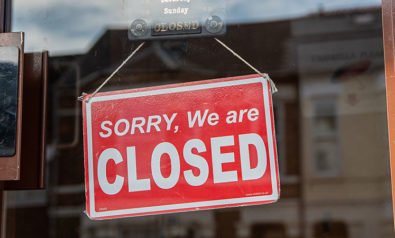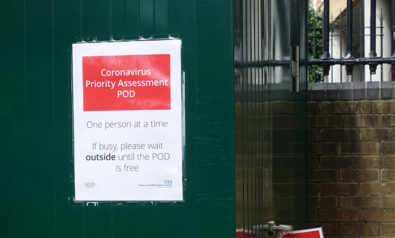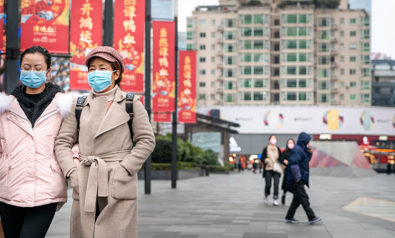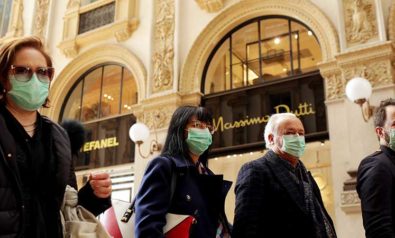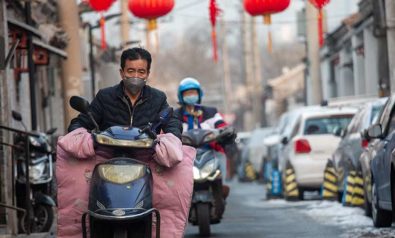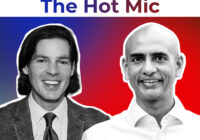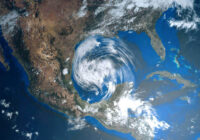Many world leaders, including Indian Prime Minister Narendra Modi, have drawn parallels between war and the coronavirus pandemic. So, should the frontline workers leading the response be called “warriors”?
Health care workers, farmers, grocery store clerks, police officers, journalists and others who are toiling hard in this time of crisis deserve our utmost respect. Our enemy, a virus, is invisible to the naked eye. Those infected with COVID-19 — the disease caused by the novel coronavirus — need our empathy and care to help them overcome this potentially life-threatening condition. Those who are affected by the pandemic, including large numbers of the Indian population who are struggling to get regular food supplies to survive, also need a humanitarian response driven by our compassion, not hatred.
Given these troubling times, therefore, it is shameful that India’s ruling Bharatiya Janata Party (BJP) and its Hindutva associates have used this crisis to further polarize Indian society. In Uttar Pradesh, a BJP legislator called for a boycott of Indian Muslims selling vegetables.
Is the COVID-19 Bailout Another Scam on American Taxpayers?
The only similarity between war and a public health crisis is that an “enemy” has brought the world to a halt, and even the rich and powerful haven’t been spared. Regardless of borders between nations or even within nations — such as with class, caste, race, religion or gender — everyone is on the same side, united with the same aim of overcoming the coronavirus.
In India, we invest and foster a sense of national pride in our military. But do we treat our public health care workers and others who are risking their lives in the face of a pandemic in the same way? For example, can we survive if farmers stop working? Should our national pride not lead us to take a moment to think about these essential workers too? The woes of farmers — even their suicide — should provide us with a reality check.
Public Health Spending
India has drawn global concern for years as it spends around 1.28% of its GDP on public health, according to National Health Profile data. The country aims to double its public health budget to 2.5% of GDP by 2025. In military spending, India takes pride in being third after the US and China. Yet for health care, should we not aspire to be among the world’s leaders in guaranteeing universal health coverage to Indians so no one is left behind?
As of 2018, China spent around 5.9 trillion yuan ($833 billion) annually on health care. India’s spending on health for the fiscal year 2020 is 2.6 trillion rupees ($34 billion), or 1.29% of GDP. If we combine both public and private spending on health, then the figure stands at 3.6%.
According to the World Bank, when it comes to total health expenditure — public and private — as part of GDP, then India ranks 24th in the world from the bottom. Only countries like Venezuela (1.18%), Bangladesh (2.27%), Pakistan (2.9%), Indonesia (2.99%) and Ethiopia (3.5%) spend less than India. Countries that have a weaker economy than India spend more on health. These include Afghanistan (11.78%), Libya (6.05%), Myanmar (4.66%), Yemen (4.23%) and Sri Lanka (3.81%). Richer nations are spending even more, particularly the US (17.06%), Germany (11.25%), the UK (9.63%), South Korea (7.6%) and China (5.5%).
On average, high-income nations allocate 12.53% of their GDP for health care, while low and middle-income countries — India is part of this group — spend 5.39%. Even low-income countries devote more than India at an average of 5.24%.
If we take pride in being the third-largest military spender in the world, then how should we feel with being one of the lowest spenders on health care? For the purpose of public consumption, we may project the coronavirus pandemic as being a “war” merely because it poses a threat to the rich and powerful as well as the poor and weak. Yet our leaders clearly do not want to spend as much as we need to effectively deal with a war-like situation. If the real enemy is a virus, then are we prepared to ride out this pandemic with as little human suffering and untimely deaths as possible? That will require better resources and allocating more funds for public health.
The Rich vs. Poor
Although an increase in spending on public health is not enough. Fighting the “real enemy” is equally as important. That enemy is not a virus or bacteria, but rather inequality of different kinds and at different levels. Both the rich and poor alike are at risk of infectious diseases like COVID-19. If the coronavirus did not kill the rich and powerful in the way it does to the poor and weak, then we would not be locking the country down in a bid to curtail the outbreak.
Pneumonia, which is both preventable and curable, claims the lives of hundreds of thousands of children under 5 around the world. Globally, over 70% of deaths occur because of non-communicable diseases — such as cardiovascular diseases, cancers and diabetes — but a significant number of these could have been avoided.
Tuberculosis (TB), a disease that mainly attacks the lungs, is the biggest “infectious killer worldwide.” In India, the slogan of our TB elimination program is “Pakki Jaanch Pakka ilaaj,” which means that an accurate TB diagnosis is possible and curable. But if tuberculosis is preventable and curable, why did 2.69 million Indians suffer from the condition and why did 449,000 die in 2018? India has the highest number of TB cases in the world. Inequality plays a key role in putting people at greater risk of TB. In particular, malnutrition is the biggest risk factor for contracting the disease. There are no prizes for guessing who usually suffers the most from TB.
An old slogan of the World Health Organization is “TB Anywhere is TB Everywhere.” Today, COVID-19 has driven this message home — what ails one, ails us all. Most of us probably understand that everyone, rich or poor alike, has to play their part so we can beat the pandemic. After all, the health of one person depends on the health of everyone else. This is why all Indians have been encouraged to help slow the spread of the coronavirus — otherwise, how would the privileged few ensure their own health security?
Lessons From Gandhi
Mahatma Gandhi’s talisman might be the best guiding light to reform the public health system in India. “I will give you a talisman,” Gandhi said. “Whenever you are in doubt, or when the self becomes too much with you, apply the following test. Recall the face of the poorest and the weakest man whom you may have seen, and ask yourself, if the step you contemplate is going to be of any use to him. Will he gain anything by it? Will it restore him to a control over his own life and destiny? In other words, will it lead to swaraj [freedom] for the hungry and spiritually starving millions? Then you will find your doubts and your self melt away.”
The Indian health system must meet the needs of the poorest of the poor and the weakest of the weak. And the same quality of service that goes to this person should be a benchmark for everyone else.
COVID-19 has revealed some blessings in disguise, too. For example, it is evident that there is no role for the private sector when we are confronted with a public health emergency. Only public services, no matter how weak they may be, can be relied upon. The nationalization of the private health sector is one of the most important political decisions that a government can take in the wake of this pandemic. This step would immediately increase the public health infrastructure, provide additional health care workers, and also curtail the unbridled damage that privatization has brought to public health over the years.
The same goes for other public services that should use Gandhi’s talisman to evaluate their programs. Health for all depends on food security for all and social security for all.
*[An earlier version of this article was published by Scoop.]
The views expressed in this article are the author’s own and do not necessarily reflect Fair Observer’s editorial policy.
Support Fair Observer
We rely on your support for our independence, diversity and quality.
For more than 10 years, Fair Observer has been free, fair and independent. No billionaire owns us, no advertisers control us. We are a reader-supported nonprofit. Unlike many other publications, we keep our content free for readers regardless of where they live or whether they can afford to pay. We have no paywalls and no ads.
In the post-truth era of fake news, echo chambers and filter bubbles, we publish a plurality of perspectives from around the world. Anyone can publish with us, but everyone goes through a rigorous editorial process. So, you get fact-checked, well-reasoned content instead of noise.
We publish 2,500+ voices from 90+ countries. We also conduct education and training programs
on subjects ranging from digital media and journalism to writing and critical thinking. This
doesn’t come cheap. Servers, editors, trainers and web developers cost
money.
Please consider supporting us on a regular basis as a recurring donor or a
sustaining member.
Will you support FO’s journalism?
We rely on your support for our independence, diversity and quality.



